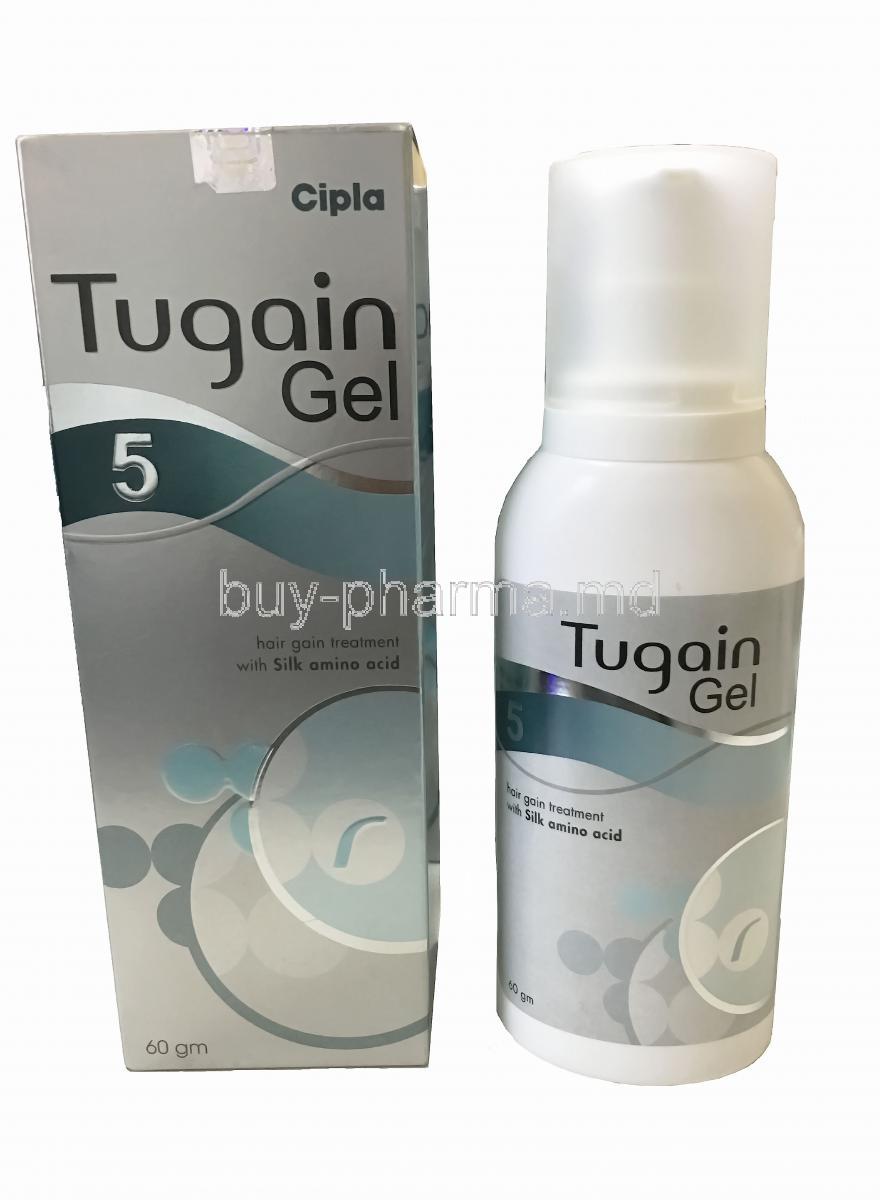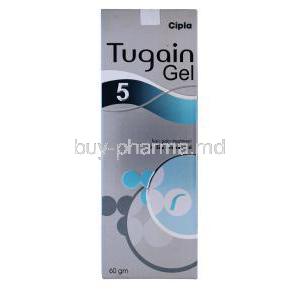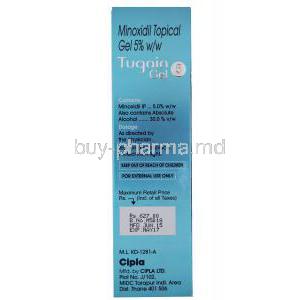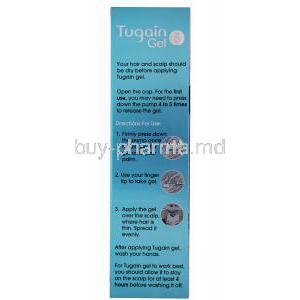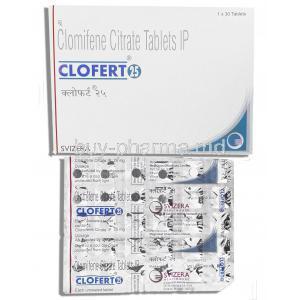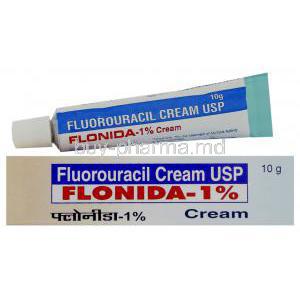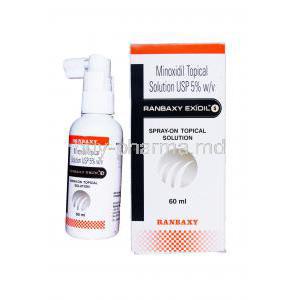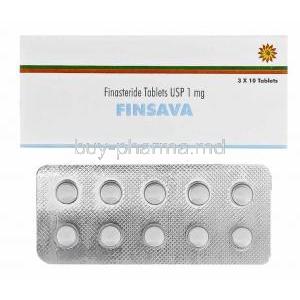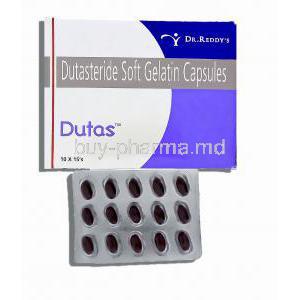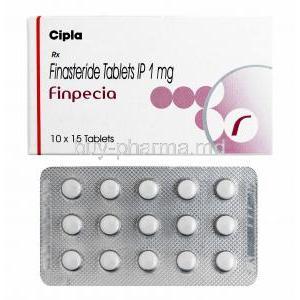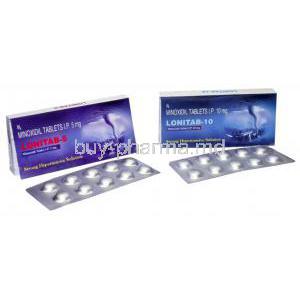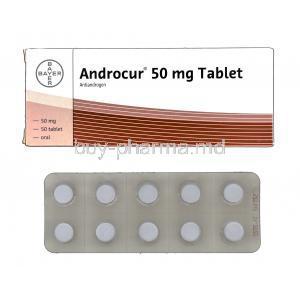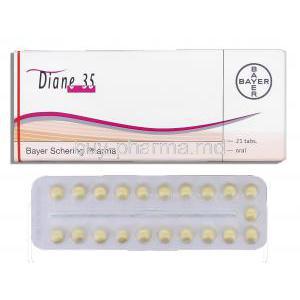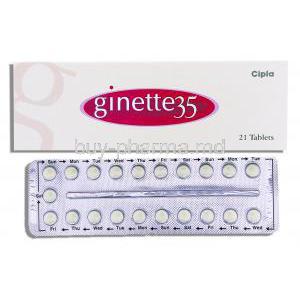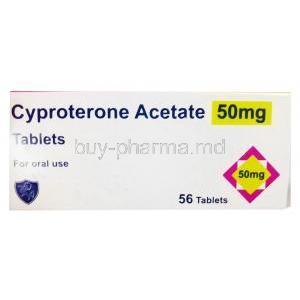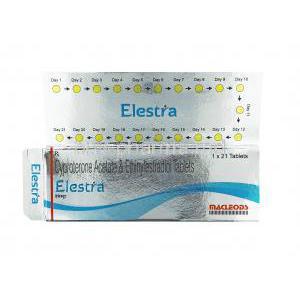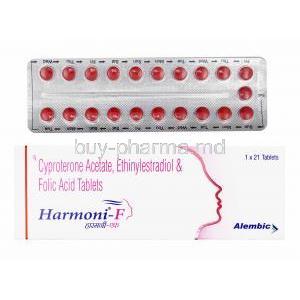Minoxidil Scalp Gel
- Introduction
- How Minoxidil Works
- Dosage and Administration
- Uses of Minoxidil Scalp Gel
- Off-Label Uses of Minoxidil Scalp Gel
- Composition of Minoxidil Scalp Gel
- Side Effects of Minoxidil Scalp Gel
- Common Side Effects
- Interactions with Other Medications
- Warnings and Contraindications
- Careful Administration and Important Precautions
- Administration Specifics
- Overdosage
- Storage and Handling Precautions
- Conclusion
Introduction
Throughout the course of history, humans have dedicated themselves to finding solutions for hair loss. Over the centuries, various compounds and mixtures have been discovered. One particular substance that shines brightly in terms of scientific advancement is Minoxidil.
Brief history of Minoxidil
Back in the 1970s Minoxidil was initially developed as a medication for treating hypertension, not with the intention of stimulating hair growth. However, it turned out that excessive hair growth, known as hypertrichosis, was observed as a side effect.
Evolution from oral medication to scalp gel
Recognizing the potential of the compound, scientists shifted their focus to its application and made a significant change from an oral form to a gel that can be applied on the scalp.
This groundbreaking scalp gel is now considered an advancement in treating male pattern baldness or androgenic alopecia.
Its topical nature enables application to specific areas, minimizing any side effects that could affect the entire system while maximizing its effectiveness.
Common indications for use
- Androgenic Alopecia is a known condition referred to as male and female pattern baldness.
- Alopecia Areata is characterized by the loss of hair in circular patches.
- Traction Alopecia occurs when hairstyles exert tension on the hair, leading to hair loss.
- For individuals experiencing hair loss caused by chemotherapy treatments, there are methods to assist in hastening hair regrowth after the treatment.
How Minoxidil Works
To truly grasp the significance of Minoxidil in the realm of hair regrowth, it is crucial to understand how it works.
Mechanism of action on hair follicles
Minoxidil opens potassium channels, affecting how easily substances can pass through cell membranes. When you apply it to your scalp, it helps to extend the growth phase of your hair cycle, called the anagen phase.
This means that the hair follicles stay active for a time, resulting in thicker and longer strands of hair. Additionally, Minoxidil creates an environment for hair growth by counteracting the effects of dihydrotestosterone (DHT), a hormone that is associated with thinning and loss of hair.
Impact on blood circulation and hair growth cycle
Minoxidil improves the functioning of the system leading to increased blood flow to the hair follicles. This helps in delivering nutrients effectively, promoting overall hair health.
The enhanced blood circulation revitalizes the hair growth cycle by awakening follicles and increasing hair density.
Role in revitalizing miniaturized follicles
Over time, hair follicles that are prone to balding start to shrink. Minoxidil, with its abilities, combats this shrinkage by revitalizing and enlarging these follicles. Consequently, thin and delicate hairs regain their previous strength and become thicker and stronger.
Dosage and Administration
To achieve the desired results, with Minoxidil, it is crucial to follow the recommended dosages and application techniques.
Recommended dosage for men and women
For men, the general advice is to use a concentration of 5% and apply it two times a day. As for women, it is recommended to use a concentration of 2% and apply it daily.
However, some women may choose to use a 5% solution for effectiveness, but it's crucial to consult with a dermatologist before doing so.
Application technique for best results
For results when using Minoxidil make sure your scalp is clean and dry. Separate your hair to expose the areas where its thinning. Apply the recommended amount evenly across the region. Use your fingertips to massage the solution into your scalp. Try not to wash your hair after applying it.
Frequency and duration of treatment
To achieve the possible outcomes, it is crucial to be persistent and consistent. Applying the treatment regularly twice a day is extremely important.
It's worth noting that you may start seeing improvements after a few months but the best results are typically seen after a year or even longer.
If you stop using the treatment, there is a chance that any gains made could be reversed. This highlights the significance of using it and seeking guidance, from a healthcare professional.
Uses of Minoxidil Scalp Gel
Treating androgenetic alopecia
Androgenetic alopecia(1), commonly referred to as female pattern baldness, is a genetic condition that causes thinning hair. A popular solution for this issue is the use of Minoxidil scalp gel. (2)
This topical treatment effectively slows down hair loss. Stimulates new hair growth in many people. By reducing the effects of dihydrotestosterone (DHT) on the hair follicles, Minoxidil acts as a defense against inherited hair loss. (3)
1. National Library of Medicine - Androgenetic alopecia
2. NCBI - Minoxidil and its use in hair disorders: a review
3. PubMed Central - Treatment options for androgenetic alopecia: Efficacy, side effects, compliance, financial considerations, and ethics
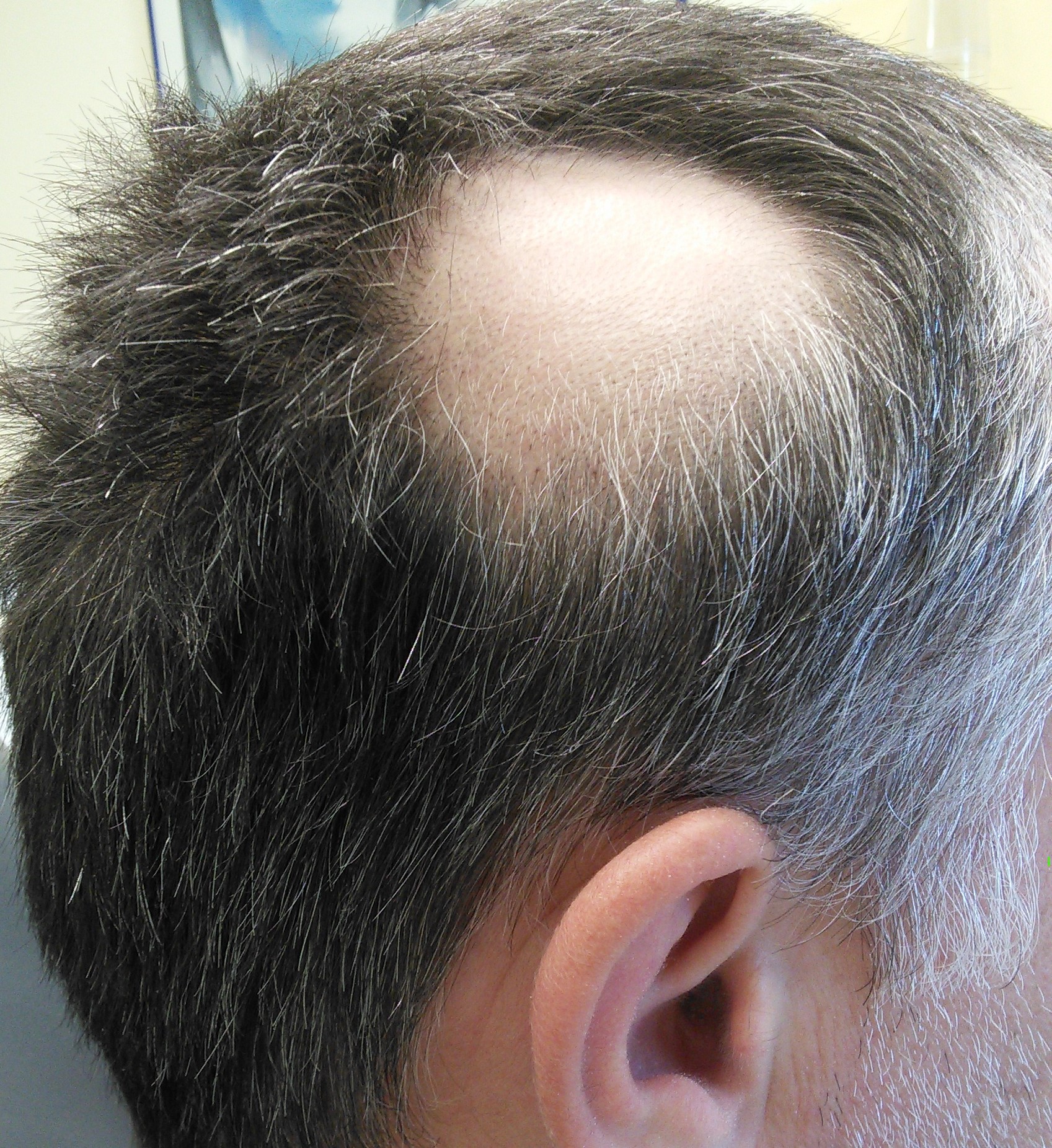
Androgenetic alopecia
Revitalizing hair follicles
The health and strength of our hair greatly depend on the vitality of our hair follicles. However, factors both inside and outside our bodies can cause these follicles to shrink over time resulting in weak strands.
Minoxidil comes to the rescue with its formula aiming to reverse this deterioration. Here's how it works; It extends the growth phase of hair by increasing the anagen phase.
It counteracts the effects of harmful hormones on the follicle. It promotes follicles, leading to denser and thicker hair, as a result, once struggling follicles experience a rejuvenation process displaying energy and resilience.
Enhancing hair regrowth
One noteworthy aspect of Minoxidil is its ability to enhance hair regrowth. Unlike temporary solutions that simply cover up the problem, Minoxidil goes beyond the surface and tackles the root causes.
By stimulating blood circulation in the scalp and improving the delivery of nutrients to the hair follicles, it creates an environment that promotes hair growth. The outcome? Luxurious thick hair that highlights a person's vitality.
Managing hair thinning
Thinning hair may not seem like a deal at first, but if you ignore it, it can become a more significant issue. Environmental factors, stress, or genetic predisposition can all contribute to the loss of hair density, which can really affect your confidence.
Fortunately, Minoxidil scalp gel is here to help. It stimulates hair follicles. Prevents further hair loss, giving hope to those who want to regain their previous hair thickness.
Off-Label Uses of Minoxidil Scalp Gel
Treating alopecia areata
Alopecia areata, a condition characterized by the loss of hair in small round patches has puzzled medical experts for many years. While its main cause is believed to be in nature finding effective treatments has been a challenge.
The use of Minoxidil scalp gel off-label has shown results in certain cases. Its ability to stimulate hair regrowth makes it a potential solution for this condition.
Despite being well known for treating alopecia its effectiveness, in improving the effects of alopecia areata highlights its versatility.
Potential use in chemotherapy-induced alopecia
Chemotherapy, a cancer treatment tool, unfortunately, brings various side effects. One of the distressing effects for patients is chemotherapy-induced hair loss, which worsens the emotional burden that comes with a cancer diagnosis.
Although several treatments have been suggested, there is hope in the off-label use of Minoxidil scalp gel.
Initial investigations indicate that it can speed up hair regrowth after treatment, improve the thickness and quality of new hair strands, and reduce the time it takes for hair to start growing.
While more research is needed, these early findings show that it has the potential to alleviate the distress caused by chemotherapy-induced hair loss.
Beard and eyebrow regrowth
The search for a beard or fuller eyebrows has led people to explore various options. Among the solutions available, one potential contender that has gained attention is the off-label use of Minoxidil scalp gel.
By applying it to the beard area or eyebrows, it has shown its ability to stimulate inactive hair follicles in the desired region, promote faster and denser hair growth, and enhance the overall appearance of that particular area.
While traditionally used for scalp purposes, its expansion into improving hair highlights its diverse potential.
Composition of Minoxidil Scalp Gel
Active ingredient: Minoxidil percentage
The main factor that makes Minoxidil scalp gel effective is the ingredient it contains, which is Minoxidil itself. This gel comes in strengths, usually between 2% and 5%.
Dating blood vessels creates an environment for hair follicles to thrive and encourages their growth. The specific concentration used depends on the extent of hair loss and the intended purpose, with concentrations typically recommended for more severe cases of hair loss.
Inactive ingredients and their roles
Apart from the ingredient Minoxidil, the gel formulation contains various inactive components. While these constituents don't contribute to hair growth, they play roles in making the product effective.
Propylene Glycol acts as a moisturizer, helping to retain moisture and prolonging the product's shelf life. Alcohol aids in drying and facilitates the active ingredient absorption into the scalp.
Water acts as a solvent, ensuring that all ingredients are evenly distributed. The combined presence of these ingredients ensures that the gel remains effective and easy to use.
Gel formulation vs. liquid solution
While the effectiveness of Minoxidil remains consistent, the way it is delivered – whether in gel or liquid form – can affect how users experience it. The gel formulation, with its consistency allows for precise application, minimizing the wastage of the product.
Additionally, it is less likely to drip and spread unintentionally. On the other hand, the liquid solution has a more fluid nature and may provide faster coverage of the scalp but could be seen as messier.
Both options effectively deliver the ingredient, so choosing between them ultimately depends on personal preference and ease of application.
Side Effects of Minoxidil Scalp Gel
Understanding potential risks
Similar to any medication, Minoxidil scalp gel, although beneficial, has its share of side effects. Most of these are harmless and temporary. It's important to be aware of the range of potential risks to make informed decisions and take prompt action if needed.
Distinguishing between temporary and prolonged side effects
It is important to distinguish between side effects that diminish over time with continued use and those that persist or worsen. Short-term effects commonly occur as the scalp adjusts to the product Gradually fade away.
However, if there are lasting effects, it may be necessary to stop using the product and consult a medical professional. By monitoring how your body reacts, you can find a middle ground between achieving your desired results and ensuring safety.
Common Side Effects
Itching and skin irritation
One of the side effects experienced by some individuals is itching, which may occasionally be accompanied by skin irritation. In cases, this is a harmless reaction that shows how the scalp adjusts to the gel.
Usually, these symptoms are temporary. Lessen over time, with consistent use. However, if they continue or worsen, it could indicate a response and might require stopping its usage.
Temporary hair shedding
Interestingly when Minoxidil is first used, it can cause a period of hair loss. This phase, referred to as the "shedding phase," signals that the hair follicles are transitioning from a state to a growth phase allowing for the emergence of new and healthier strands.
While this might be concerning, it's important to remember that it's only temporary and, with patience, you will likely experience a hair growth.
Dizziness or lightheadedness
Since Minoxidil was initially developed as a medication for treating blood pressure, there is a possibility that certain individuals may encounter general effects such as feelings of dizziness or lightheadedness.
This is particularly likely if the product is excessively used or if it enters the bloodstream in amounts. If any of these symptoms appear, it is crucial to stop using the product and consult with a professional, for guidance.
Interactions with Other Medications
Potential risk when combined with other topical scalp treatments
While Minoxidil scalp gel has found its place in the world of hair regrowth, it's important to examine how it interacts with scalp treatments. Using products at the same time can either enhance or weaken their desired effects.
Additionally, certain ingredients, when combined, might lead to negative reactions. For example, applying retinoids or exfoliants at the same time as Minoxidil may increase absorption and raise the risk of systemic side effects.
Similarly, topical steroids, while effective, in reducing inflammation, may interfere with how Minoxidil works and reduce its benefits. Therefore careful consideration and proper sequencing of treatments are crucial to avoid interactions.
Impact on individuals on blood pressure medication
The journey of Minoxidil from being a medication to a remarkable solution for hair regrowth has been extensively documented. However, its ability to widen blood vessels may pose challenges for individuals who are already taking medications for blood pressure.
Using them together could lead to low blood pressure or increase the risk of other cardiovascular issues. It is crucial for patients who are, on antihypertensive drugs, particularly beta blockers or diuretics, to be cautious and consult with a medical professional before starting a Minoxidil treatment plan.
Importance of consulting with healthcare professionals
Understanding the interactions between medications can be complex. It often requires the knowledge and experience of experts. When it comes to the medications and how they can potentially interact with each other it is essential to consult with a dermatologist or pharmacist. Their expertise ensures that incorporating Minoxidil into your treatment plan does not interfere with any existing treatments or pose any risks.
Warnings and Contraindications
Individuals with known allergies to Minoxidil or its components
Although it is uncommon, people who are sensitive to Minoxidil or its accompanying ingredients face a risk of experiencing an allergic reaction. Symptoms can vary from itchiness and redness to more serious reactions like swelling.
Therefore individuals with known allergies should avoid using it or use it carefully, perhaps with supervision.
People with certain scalp conditions or infections
People who have existing scalp conditions like psoriasis, eczema, or any type of dermatitis may experience worsened symptoms if they use Minoxidil. It's also important for those, with infections to avoid using it because it could cause a flare-up or make the infection worse. The health and protection of the scalps barrier function are crucial when applying any product, including Minoxidil.
Patients with severe cardiovascular diseases
Considering its history as a medicine for treating blood pressure the absorption of Minoxidil into the bloodstream can have negative effects on people with serious heart conditions.
Although it's uncommon there is a possibility of experiencing heart rhythms, palpitations, or worsening heart failure. If someone, in this category requires a Minoxidil treatment it is important to assess and monitor their condition.
Careful Administration and Important Precautions
Ensuring the scalp is clean and free from other products
To ensure that Minoxidil works at its best it's important to start with a scalp. Any leftover products, oils, or debris can interfere with its absorption. Reduce its effectiveness.
That's why it's crucial to cleanse the scalp before applying Minoxidil. This ensures that there are no barriers preventing it from interacting with the hair follicles.
Avoiding application on irritated or damaged skin
Maintaining the integrity of the scalp barrier is extremely important. If the skin is irritated or compromised, there is a risk of absorption of Minoxidil, which can lead to systemic side effects.
Therefore, it is crucial to ensure that the scalp does not have any abrasions, cuts, or inflammation before using Minoxidil.
Measures to prevent accidental ingestion
Although Minoxidil is generally safe when used topically it can have effects if ingested orally. To avoid any problems;
1. Keep the product out of reach of children.
2. Make sure to close the cap after each use.
3. If accidental ingestion occurs, seek medical attention.
Following these precautions can help prevent unintended incidents and ensure safe usage of the product.
Administration Specifics
To the Elderly: Monitoring for increased sensitivity
The older population, because of the changes that come with aging, might experience a heightened sensitivity to medications, including Minoxidil. Their skin could be thinner or more delicate, making them more susceptible to absorbing it and potentially experiencing side effects. That's why it's crucial;
- To start treatment with concentrations.
- To carefully monitor for any negative reactions.
- Consider regular dermatological checkups to ensure the skin remains healthy and responds appropriately.
To Pregnant Women and Nursing Mothers: Potential risks and recommended precautions
Pregnancy and breastfeeding bring about challenges when it comes to medication. Even though the systemic effects of applying Minoxidil topically are minimal it's important to consider the possibility of teratogenicity or the transfer of the drug into breast milk.
- Therefore it is advisable for pregnant women to consult their obstetricians before starting or continuing with Minoxidil.
- Nursing mothers should also be cautious due to the transfer of Minoxidil, to their newborns.
It is crucial to make decisions based on an evaluation of potential benefits and possible risks.
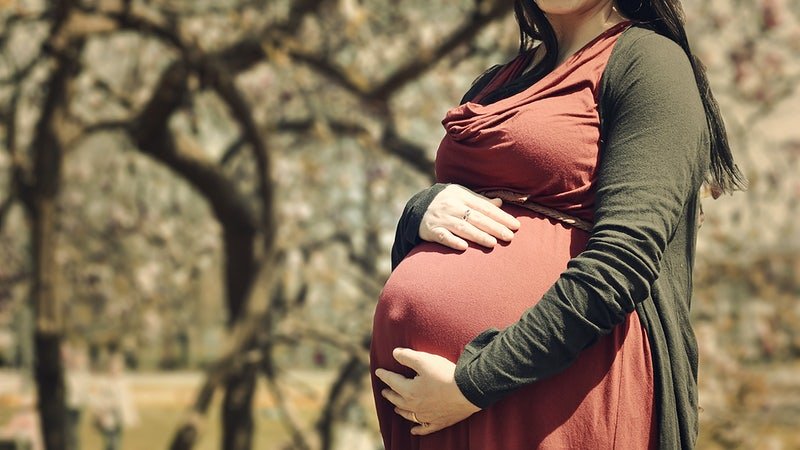
Pregnant woman
To Children: Age limitations and potential side effects
Pediatric populations have characteristics when it comes to how drugs work and how they are processed in the body. Although the use of Minoxidil in children is not well defined, there are some things to consider;
1. Limiting its use to adolescents or older age groups is generally recommended unless a pediatric dermatologist advises otherwise.
2. It's important to monitor for any side effects that may occur locally or throughout the body, as younger skin has the potential for absorption.
3. Parents must closely. Strictly adhere to the prescribed dosages. These factors are crucial in ensuring the appropriate use of Minoxidil in children.
Overdosage
Recognizing symptoms of Minoxidil overdose
Although it is uncommon, an excessive amount of Minoxidil can result in symptoms due to its ability to widen blood vessels.
Some of the effects individuals may encounter include severe low blood pressure or dizziness, palpitations or irregular heartbeats, and a general redness or rash on the skin.
Identifying these symptoms is crucial for prompt intervention.
Immediate actions and seeking medical attention
If you suspect an overdose the first things to do are;
1. Stop using Minoxidil away.
2. Rinse the area where you applied it with plenty of water.
3. Seek medical attention to prevent any possible complications.
Remember, it's important to act and get the necessary help in case of an overdose.
Storage and Handling Precautions
Ideal storage conditions for Minoxidil scalp gel
To ensure the effectiveness of minoxidil formulation it is important to follow storage guidelines. It is best to store the gel;
- At room temperature avoiding heat or cold.
- In a place protected from moisture.
- Away from sunlight as it can deteriorate the active ingredients.
Keeping out of reach of children
To prevent consumption or misuse it's important to store Minoxidil in a high cabinet or on a shelf that is out of reach, for children. Additionally, make sure to seal the container after each use.
Safe disposal methods
When it comes to getting rid of Minoxidil that has expired or is no longer being used, it's important to follow safety guidelines.
Of simply throwing it in the regular garbage you might want to consider returning it to a pharmacy that has disposal programs.
If you do need to dispose of it at home make sure you put it in a bag to minimize any potential environmental contamination risks.
Conclusion
Minoxidil scalp gel provides hope for many people dealing with hair loss due to its proven effectiveness. However, like any medication, there are risks involved.
It is important to consider these risks in relation to the benefits of tailoring the treatment approach for each person.
The use of the gel requires a partnership, between individuals and healthcare professionals to achieve the best results while minimizing any potential negative effects.

